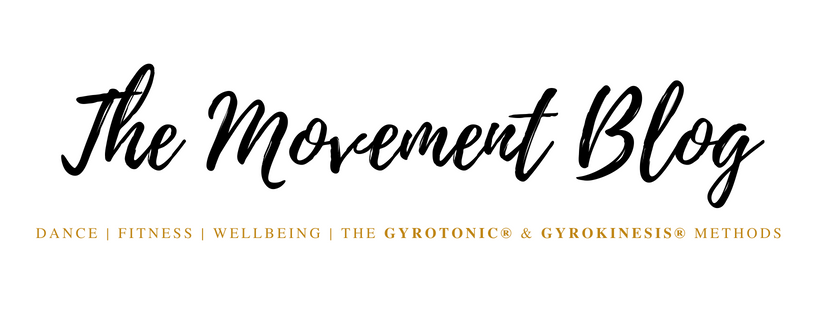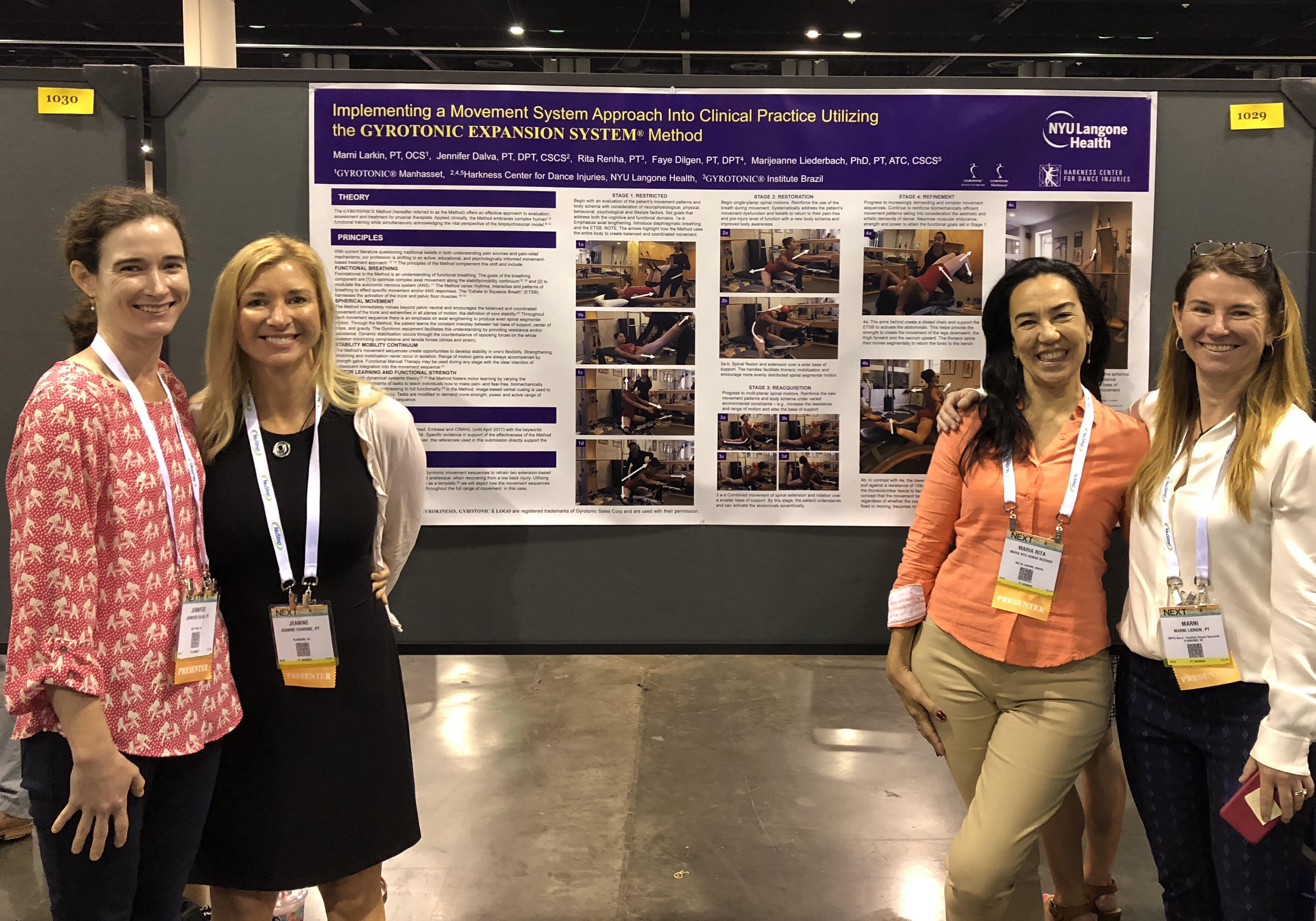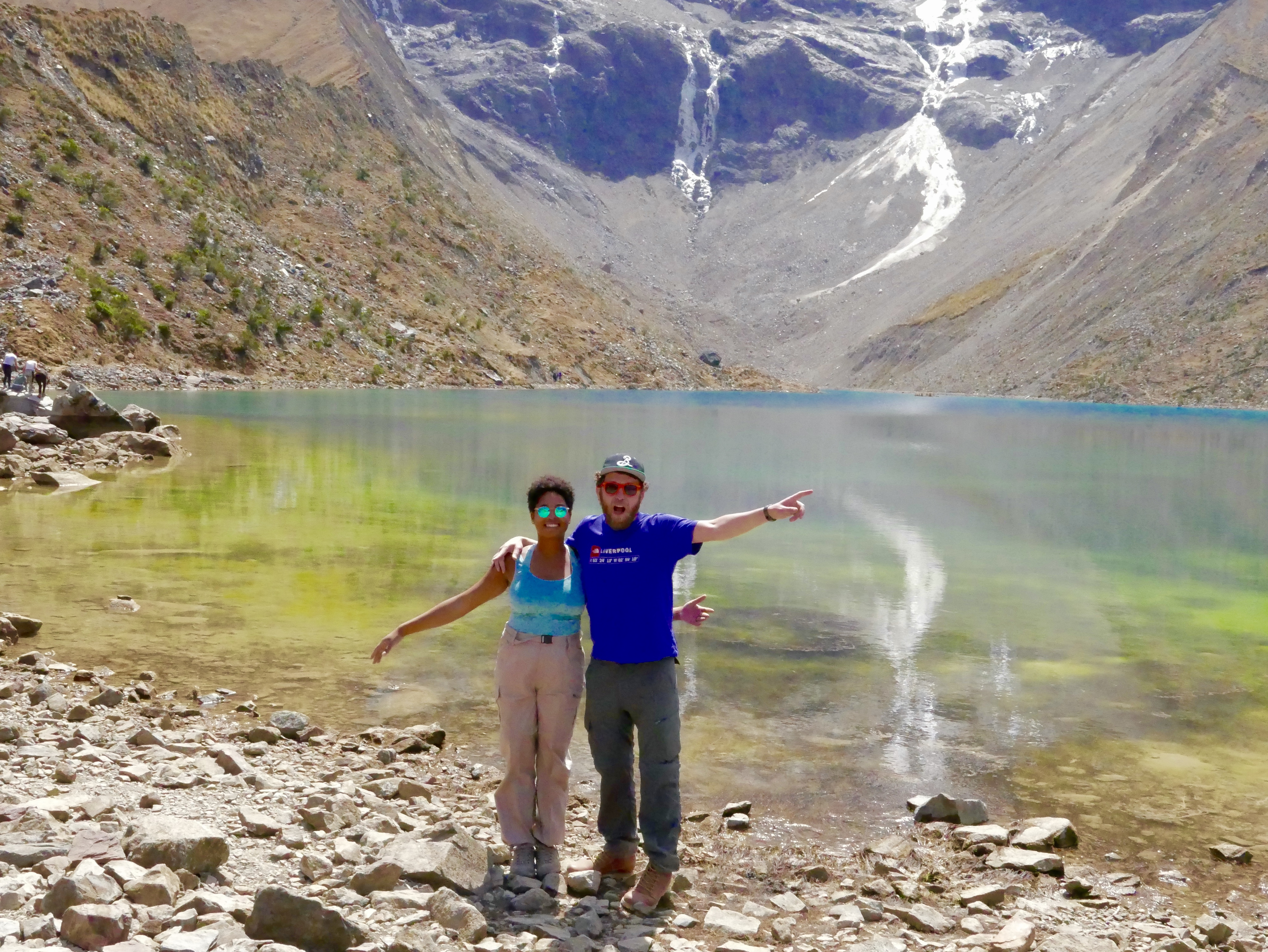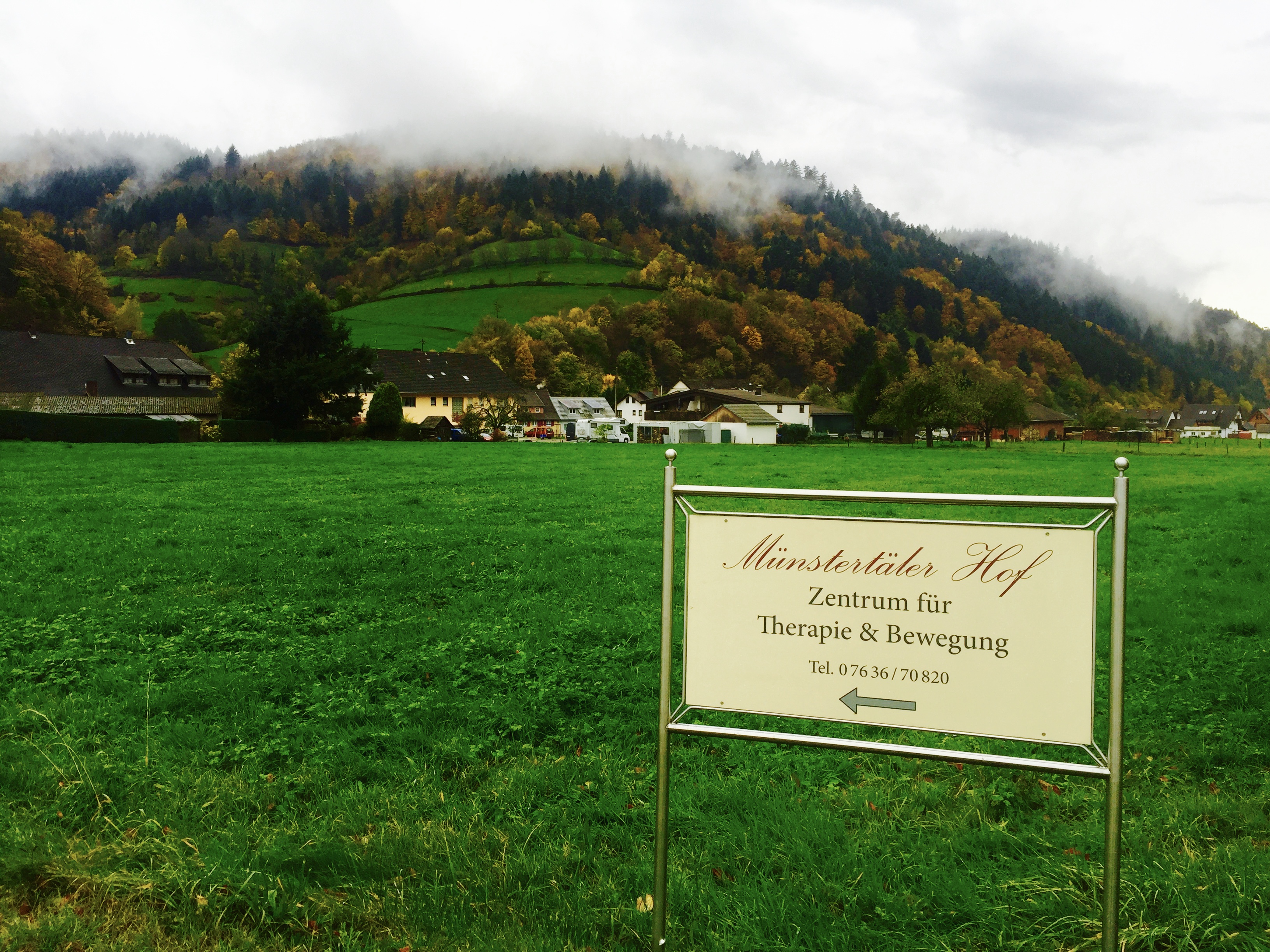From left to right: Poster Presenters Jennifer S. Dalva, Jeanine Ferrone, Rita Renha, & Marni Larkin
From teaching to speaking with medical professionals first hand, Specialized GYROTONIC® Master Trainer Rita Renha wrote an open letter about the progress that’s happening between dance rehabilitation and physical therapy today.
These progressions involve the collaboration of GYROTONIC® Manhasset, Harkness Center Healthy Dancer Initiative (HCHDI) and making sure physical therapists enhance their practice as a movement practitioner.
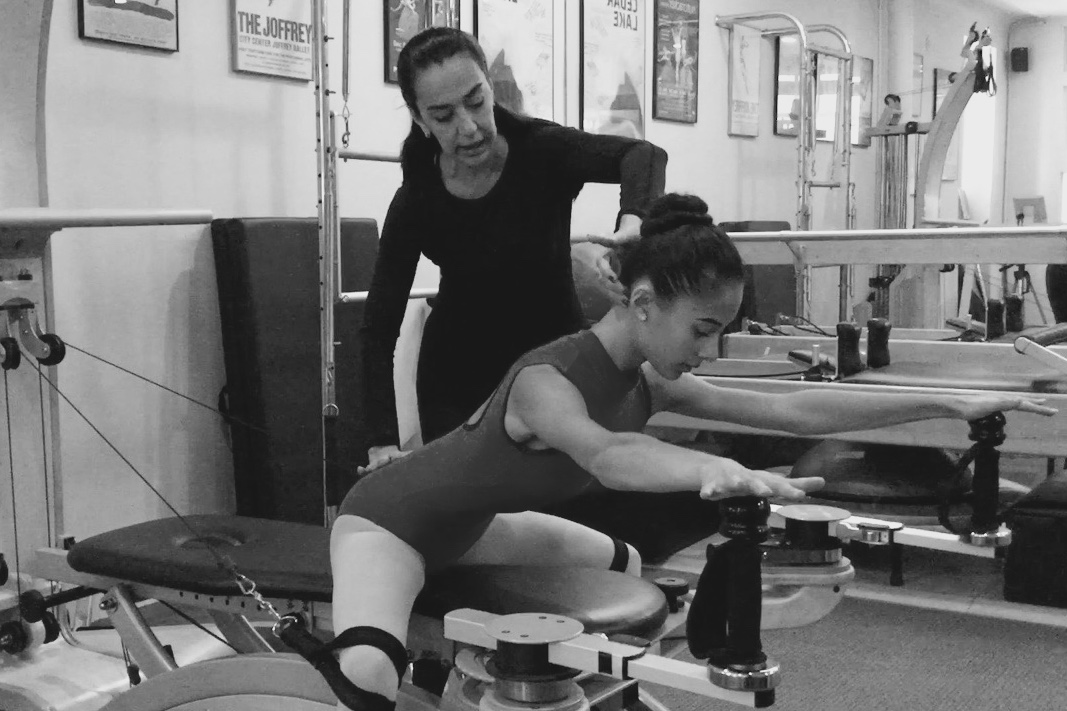
I first met Rita Renha during a Gyrotonic Trainer Update Course in Lisbon, Portugal in April 2018 at Equilibrium – many thanks to studio owner, GYROKINESIS® Master Trainer, and GYROTONIC® Pre-trainer, Bernardo Gama. After Renha learned that I created The Movement Blog and I about her new projects, we wanted to collaborate instantly.
As I’ve been becoming quite familiar with the work between Marni Larkin, studio owner of GYROTONIC® Manhasset, and HCHDI, a few things will be presented:
-
Renha’s Open Letter to the Dance and GYROTONIC® community.
-
What’s changing in movement and injury education.
-
Key points from the presentation of Rita Renha, Marni Larkin, Jennifer S. Dalva (NYU Langone Health), and HCHDI at the NEXT APTA Conference and Exposition.
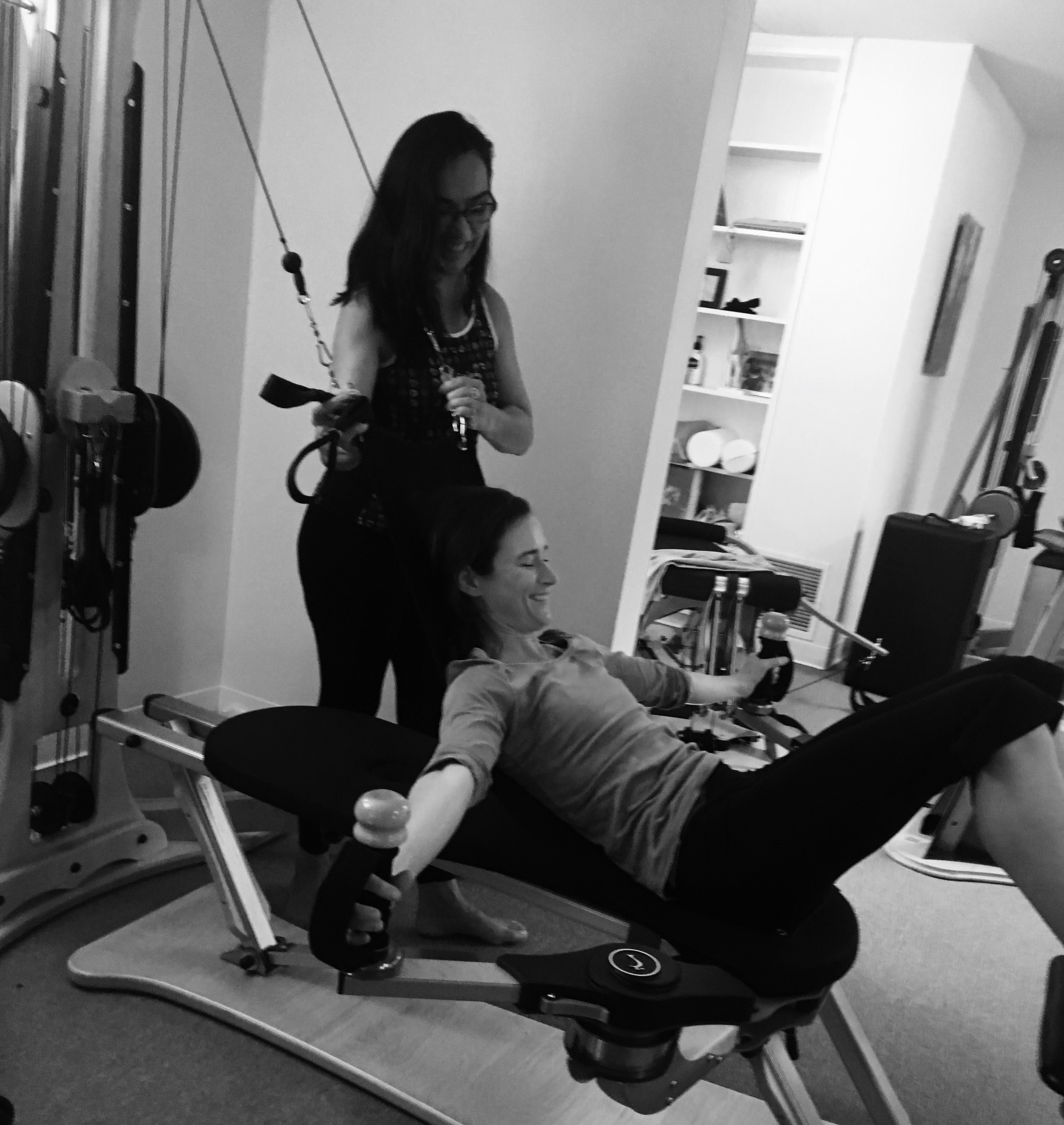
“HCHDI provides professional dancers in financial need with subsidised educational opportunities to encourage a sound, holistic approach to self care and aid in career longevity.” (med.nyu.edu/hjd/harkness)
HCHDI now officially partners with GYROTONIC® Manhasset to provide subsidised Gyrotonic sessions to the dance community. Gyrotonic sessions are then held at the New York City Center Building.
The team will continue to present at medical conferences in the U.S. about the resources they have gathered thus far amongst their dance students and patients. This collaboration alone will provide a number of opportunities to be the role model for other dance injury clinics and schools.
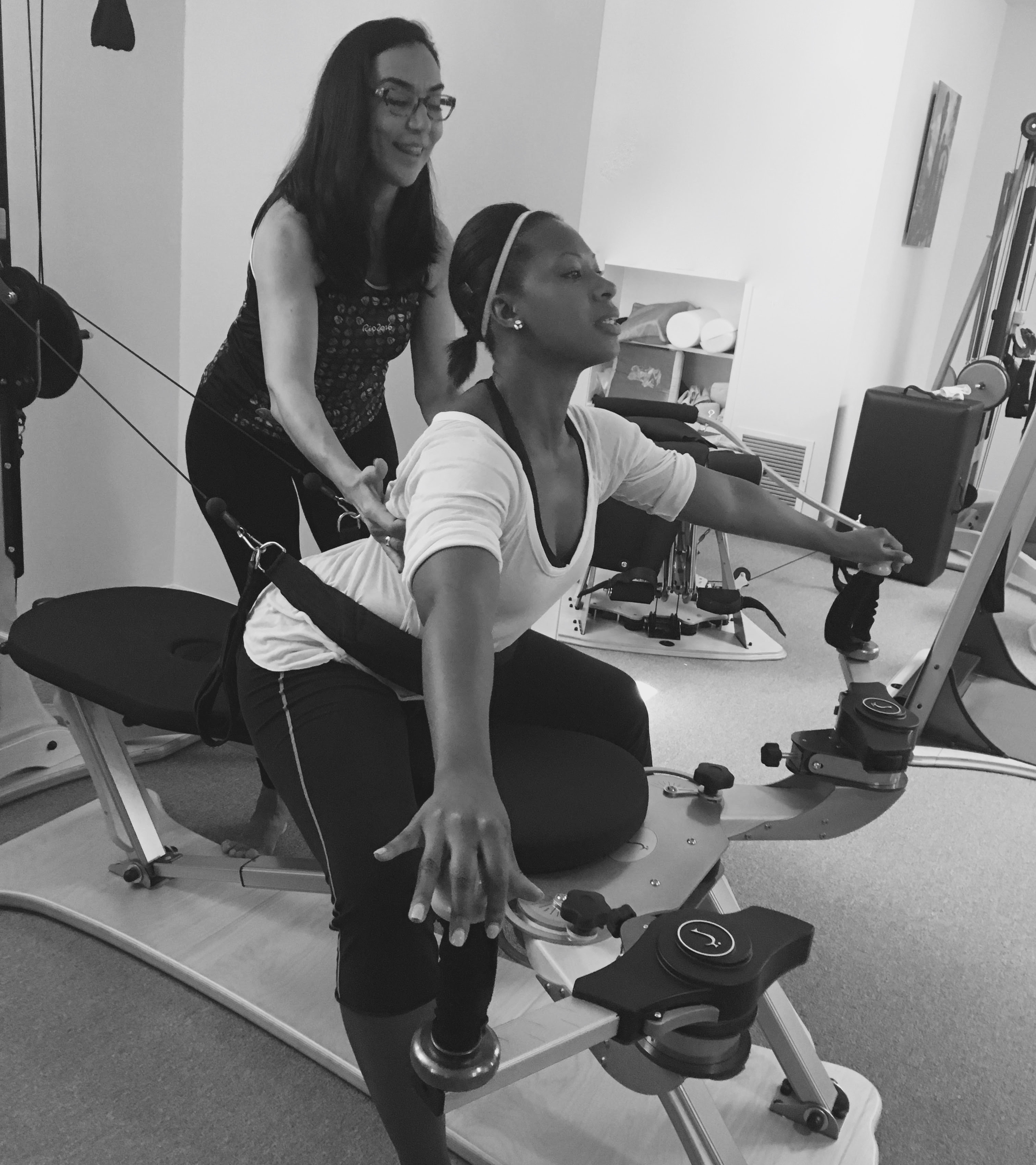
An excerpt of Renha’s open letter:
Hi everyone,
I am sharing several developments that I have been very proud to be a part of.
What makes these developments so exciting is that, I believe they represent the first time in the USA, that the GYROTONIC® method has been experienced by the mainstream medical community. It seems that it has been the perfect timing as the new vision statement for the American Physical Therapy Association reads: “Transforming society by optimizing Movement to improve the human experience.”
As we have known for years, the GYROTONIC® method is an incredibly innovative and sophisticated system – not just for wellness, but also for rehabilitation. Inroads of this nature are essential for the method to “be given its due” but more importantly, so rehabilitation professionals have a far more advanced tool than anything in the health sciences currently offered.
[…]
We have been collaborating with the Harkness Center for Dance Injuries, a world renowned institution headed by Dr Marijeanne Leiderbach, and part of NYU Langone Health in New York. Marni Larkin (owner of GYROTONIC® Manhasset) a PT and a pre-trainer in my network first offered an in house workshop for the Harkness Rehabilitation staff back in 2011.
Since then, we have continued to develop interest, and in 2016, a 3 day presentation entitled ‘Introduction to GYROTONIC® Methodology for Healthcare Professionals’ was held and received with positive feedback. People from far and wide including Canada and California attended.
Concurrently, the Harkness Center for Dance Injuries sponsored 2 staff members, Jennifer S. Dalva and Kayla Harkness to become certified Gyrotonic Trainers, which they are now. Jackson Kellogg and myself were the Master Trainers associated with their educational courses. Faye Dilgen, the Harkness program manager has been extremely supportive of integrating the Gyrotonic method into the traditional Physical Therapy setting in dance rehabilitation.
[…]
Finally, we are in the final stages of being part of the Harkness Center Healthy Dancer Initiative (HCHDI), in which professional and pre-professional dancers that meet certain needs-based criteria will have 10 private Gyrotonic sessions subsidized by Harkness funding.
I hope that you are as excited as we are about these developments, but we truly see them as “the tip of the iceberg” in terms of all that the Gyrotonic method has to offer.
After presenting at the American Physical Therapy Association Conference in New Orleans, February, 2018 – Renha, Larkin, and Dalva will offer their presentation again:
June 27-30, 2018
Orlando, Florida
NEXT APTA Conference and Exposition: American Physical Therapy Association Conference
A Movement System Approach for Clinical Practice
Marni Larkin, PT; Jennifer Dalva, DPT, CSCS; Rita Renha, PT; Faye Dilgen, DPT; Marijeanne Liederbach, PhD, PT, ATC, CSCS
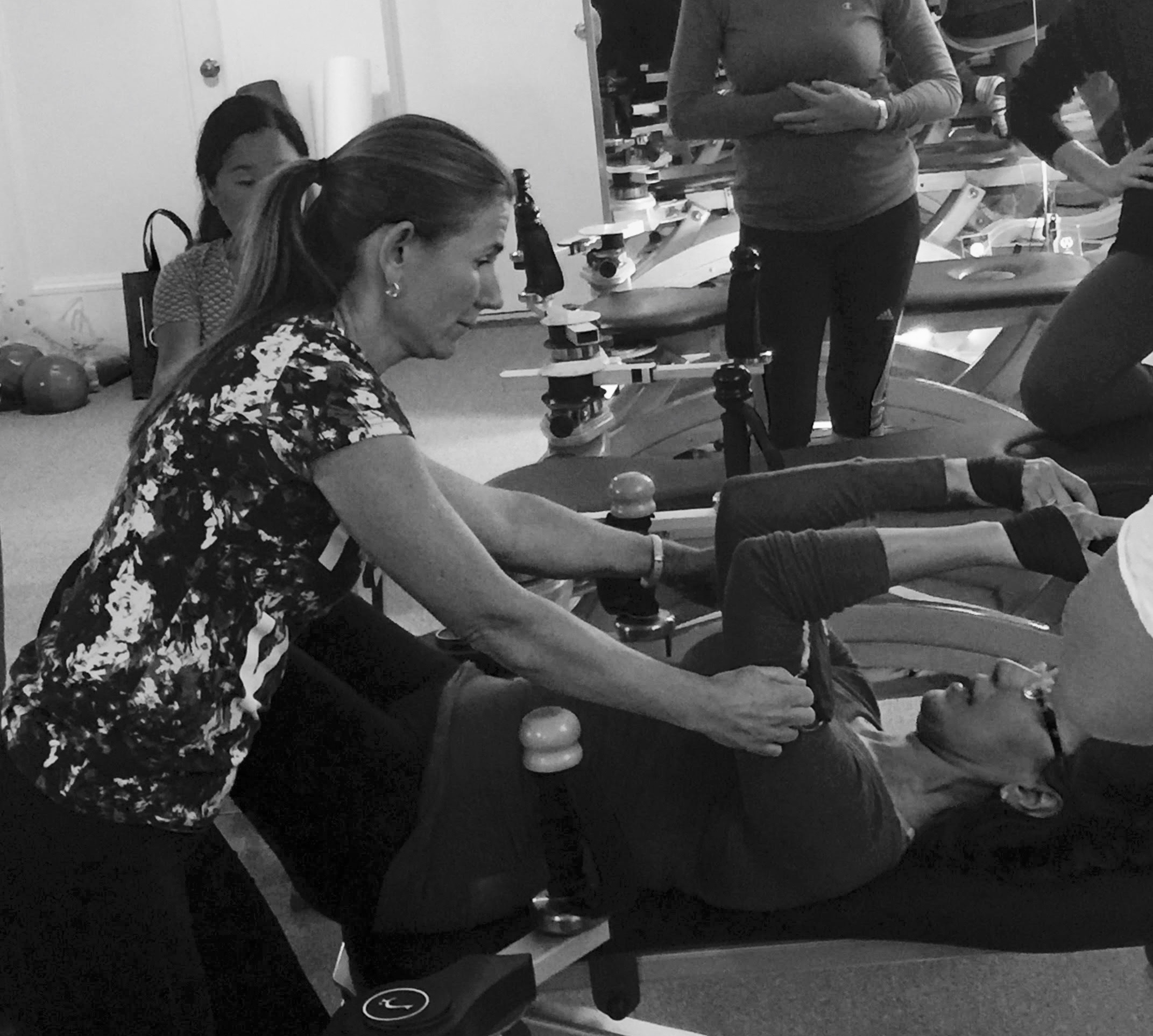
Key Points from “Implementing a Movement System Approach into Clinical Practice Using the GYROTONIC® EXPANSION SYSTEM®” Poster Presentation:
-
ENCOURAGES PHYSICAL THERAPISTS: to embrace their role as movement practitioners.
-
FUNCTIONAL BREATHING: Foundational to the Method is an understanding of functional breathing. The goals of the breathing component are [1] to optimize complex axial movement along the stability/mobility continuum and [2] to modulate the autonomic nervous system (ANS). The Method varies rhythms, intensities and patterns of breathing to effect specific movement and/or ANS responses.
-
SPHERICAL MOVEMENT: The Method immediately moves beyond pelvic neutral and encourages the balanced and coordinated movement of the trunk and extremities in all planes of motion, the definition of core stability. Throughout each movement sequence there is an emphasis on axial lengthening.
-
STABILITY MOBILITY CONTINUUM: Dynamic stabilization occurs through the counterbalance of opposing forces on the whole skeleton minimizing compressive and tensile forces (stress and strain) Strengthening, stretching and mobilization never occur in isolation. Range of motion gains are always accompanied by strength gains. Physical Therapists may use Manual Therapy techniques with the clear intention of subsequent integration into the movement sequence.
-
MOTOR LEARNING AND FUNCTIONAL STRENGTH: The Method fosters motor learning by varying the environmental constraints of tasks to teach individuals how to make pain- and fear-free, biomechanically efficient choices. Tasks are modified to demand more strength, power and active range of motion within each movement sequence.
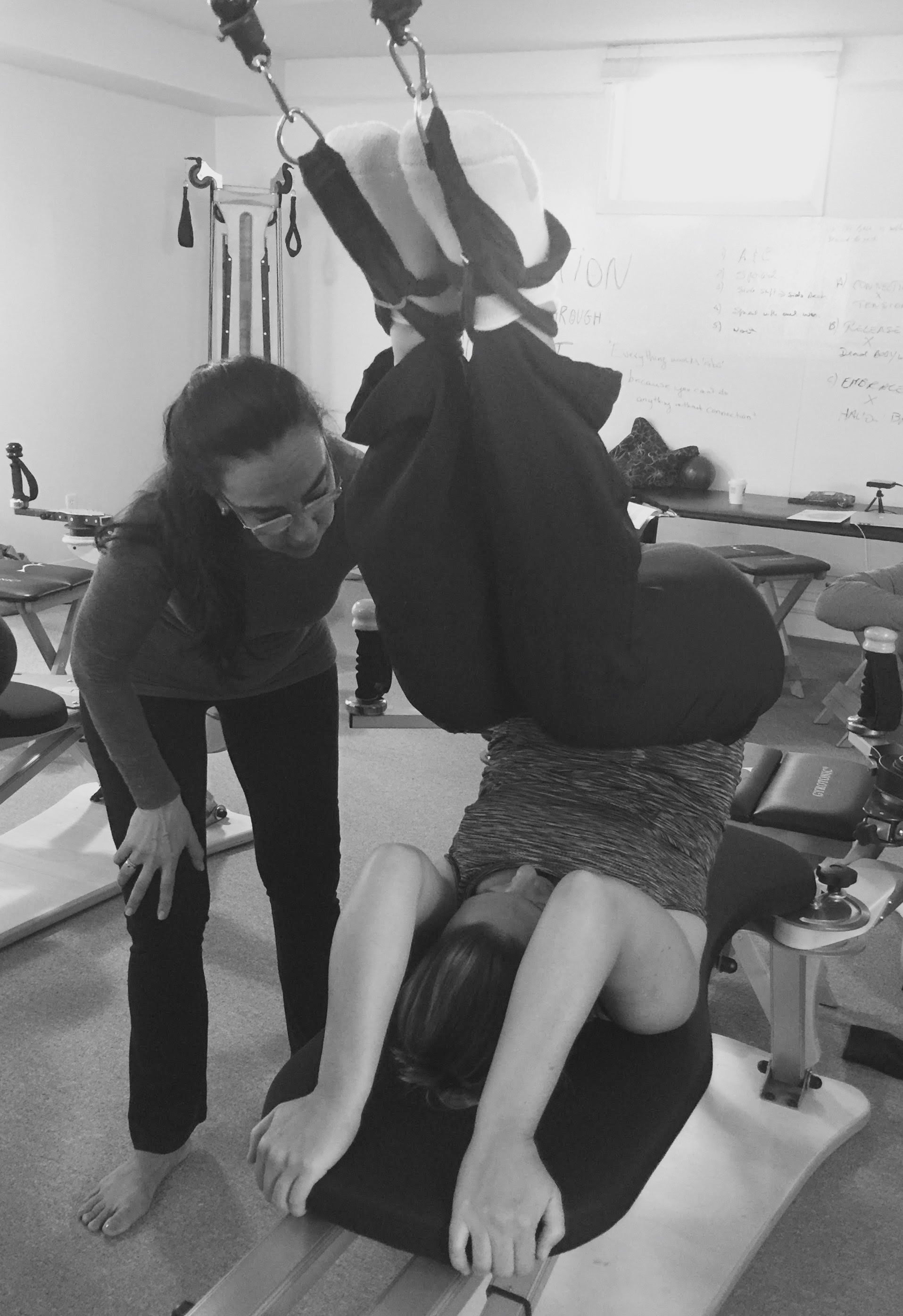
“Physical performance is about movement development not just muscular development – if you train the movement, the muscle will develop appropriately.”
– Rita Renha
Written, Formatted, & Edited by:
